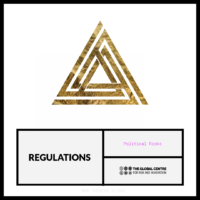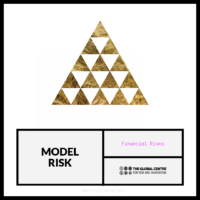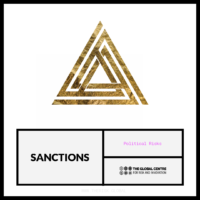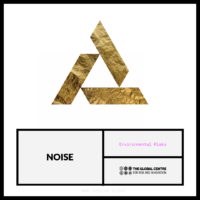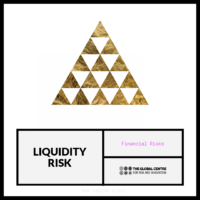Risks
Risk paths streamline the identification, mitigation, and evaluation of glocal issues, followed by the optimal use of resources to manage adverse impacts. They provide secure public portals that empower citizens to check working eligibility, participate in WILPs, and report risks anywhere, anytime. Risk pathways deliver out-of-the-box functionality to meet institutional requirements, including pre-built ESG rules and real-time validation systems. Our stewardship streams help members navigate essential resources and find the right combination of levers across the compliance landscape. Risk pathways aim to help companies build resiliency by adopting SCF and integrating collective intelligent pipelines for risk management.
Empowering Public Goods for Systems Innovation
To refresh our ideas of ownership and governance, we are designing and experimenting with new and remembered ways of working together, sharing resources, group decision making. We learn how to steward commons, resources, and people's power for sustainable development and resilience building
Mobilizing Innovation Commons
Enabling Responsible Research
Designing Transformative Process
Integration Sustainable Solutions
Accelerating Systems Innovation



Future Innovation Lab
Regulations Risks
10 Steps
- Join “Risk Management” Streams
- Complete the lesson Introduction to Regulations
- Unlock Justice Issues
- Publish a proposal on Regulations Risks
- Reach Political Impact Assessment (PIA) Level I
- Reach Financial Impact Assessment (FIA) Level I
- Reach Environmental Impact Assessment (EIA) level I
- Reach Social Impact Assessment (SIA) Level I
- Reach Governance Impact Assessment (GIA) Level I
- Join Hackathons
Model Risk
9 Steps
- Join “Citizen Science” Streams
- Complete the lesson Introduction to Model Risks
- Unlock Inequality Issues
- Publish a proposal on Model Risk
- Reach Financial Impact Assessment (FIA) Level I
- Reach Environmental Impact Assessment (EIA) level I
- Reach Social Impact Assessment (SIA) Level I
- Reach Governance Impact Assessment (GIA) Level I
- Join Hackathons
Sanctions Risks
10 Steps
- Join “Risk Management” Streams
- Complete the lesson Introduction to Sanctions
- Unlock Justice Issues
- Publish a proposal on Sanctions Risks
- Reach Political Impact Assessment (PIA) Level I
- Reach Financial Impact Assessment (FIA) Level I
- Reach Social Impact Assessment (SIA) Level I
- Reach Environmental Impact Assessment (EIA) level I
- Reach Governance Impact Assessment (GIA) Level I
- Join Hackathons
Noise
7 Steps
- Join “Citizen Science” Streams
- Complete the lesson Introduction to Noise Risks
- Publish a proposal on Noise Risks
- Reach Environmental Impact Assessment (EIA) level I
- Reach Health Impact Assessments (HIA) Level I
- Reach Social Impact Assessment (SIA) Level I
- Join Hackathons
Liquidity Risk
9 Steps
- Join “Citizen Science” Streams
- Complete the lesson Introduction to Liquidity Risks
- Unlock Inequality Issues
- Publish a proposal on Liquidity Risks
- Reach Financial Impact Assessment (FIA) Level I
- Reach Environmental Impact Assessment (EIA) level I
- Reach Social Impact Assessment (SIA) Level I
- Reach Governance Impact Assessment (GIA) Level I
- Join Hackathons

